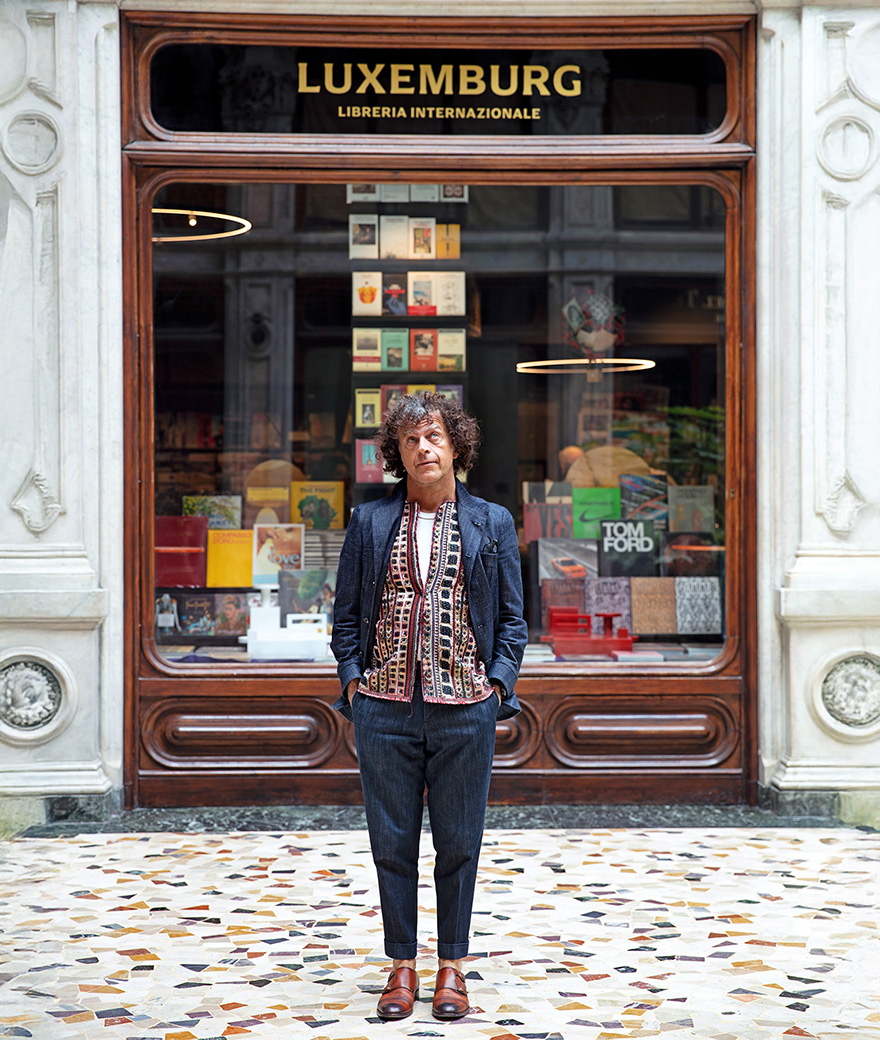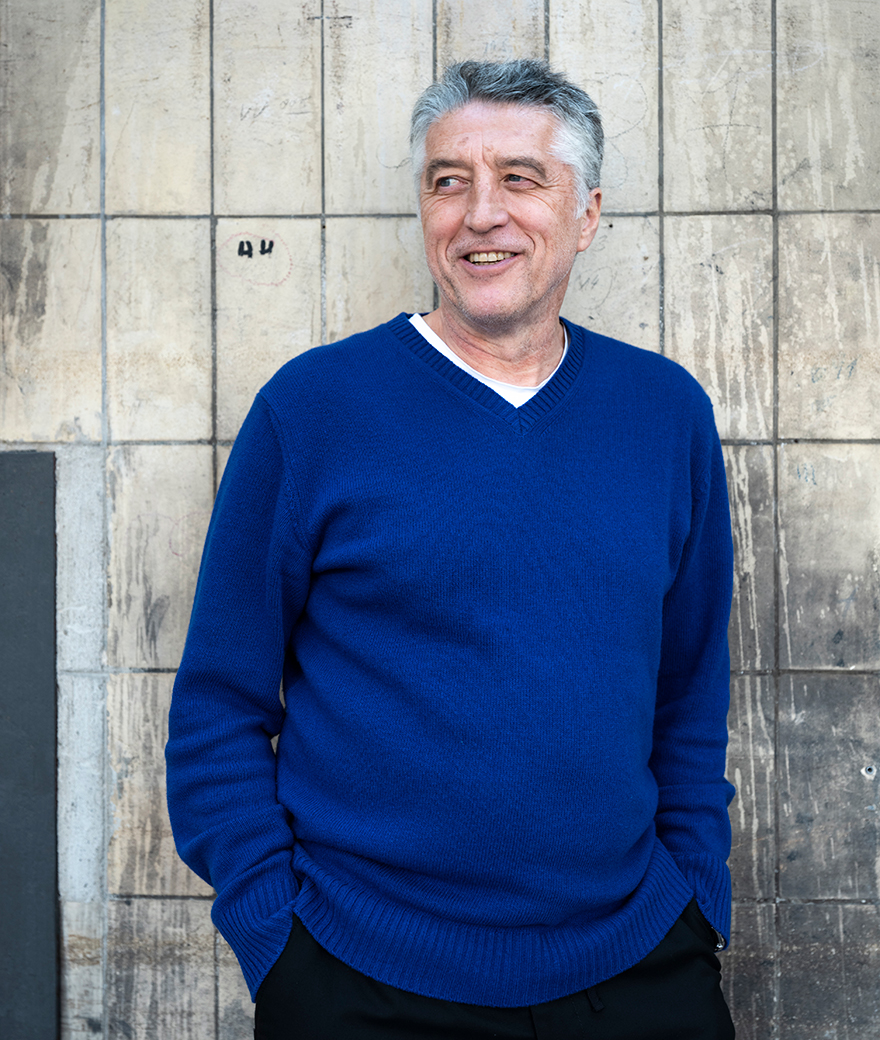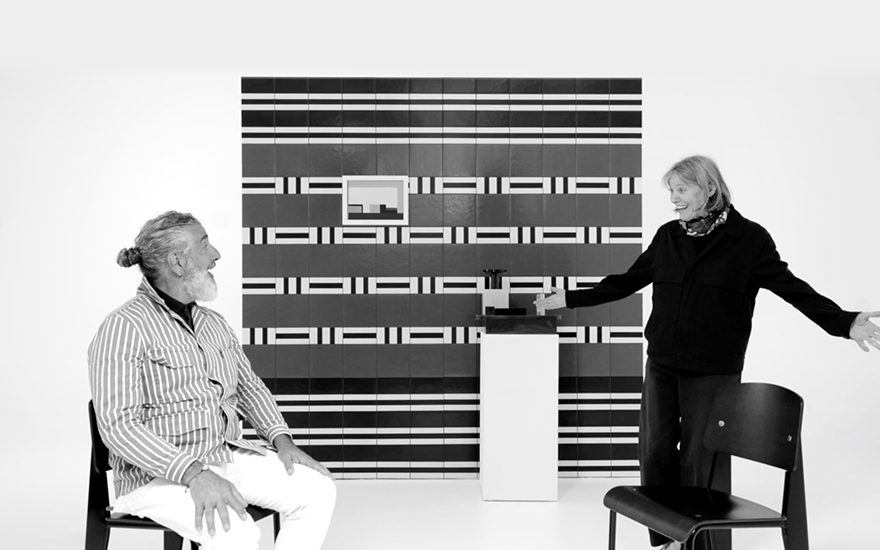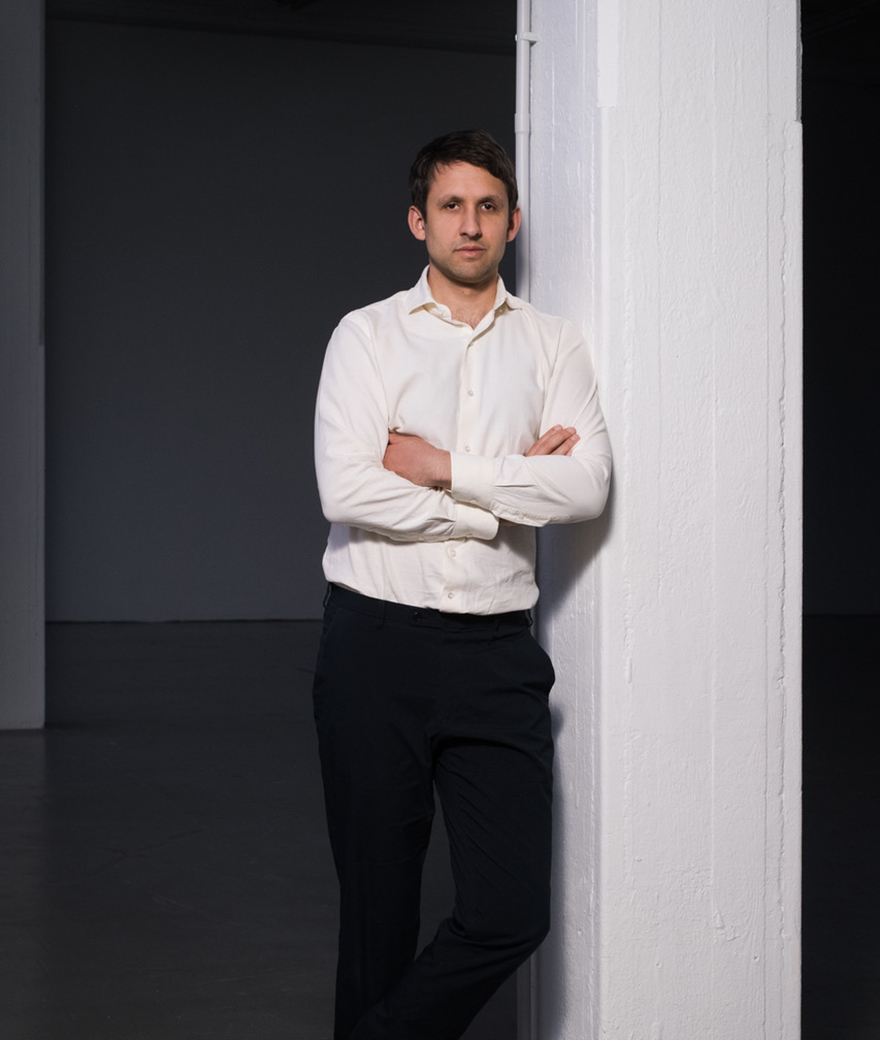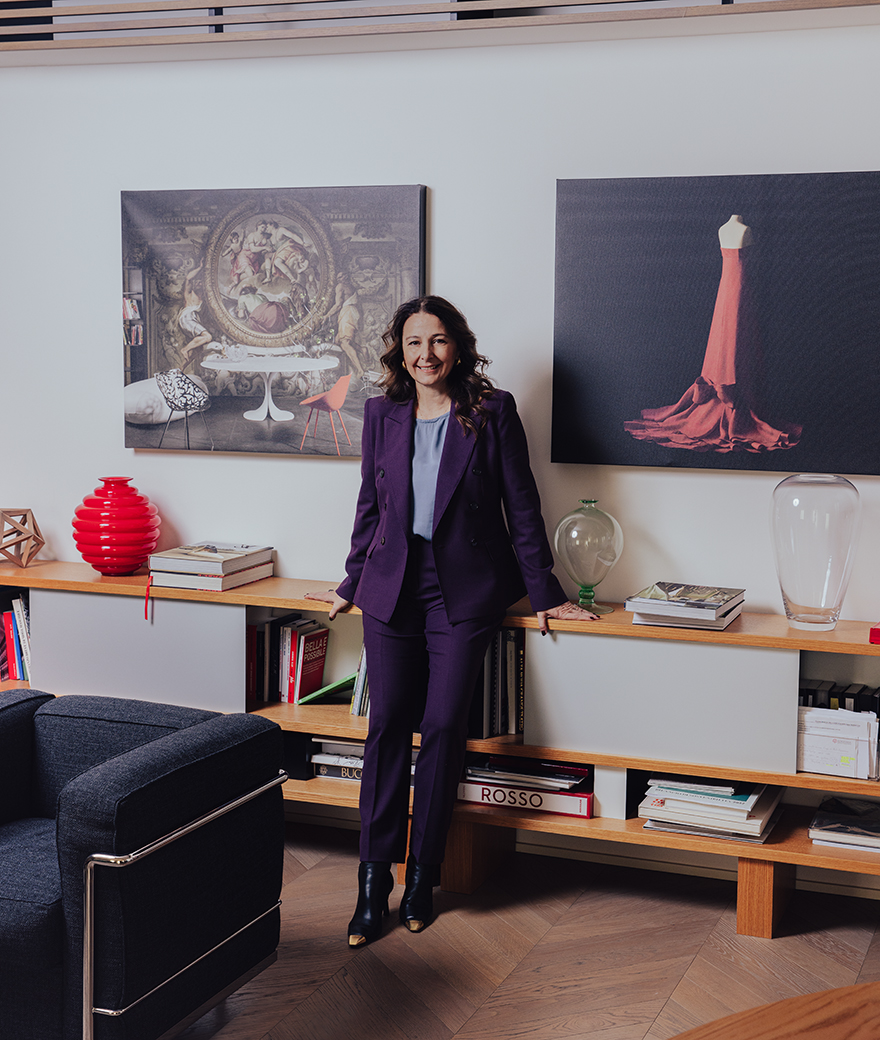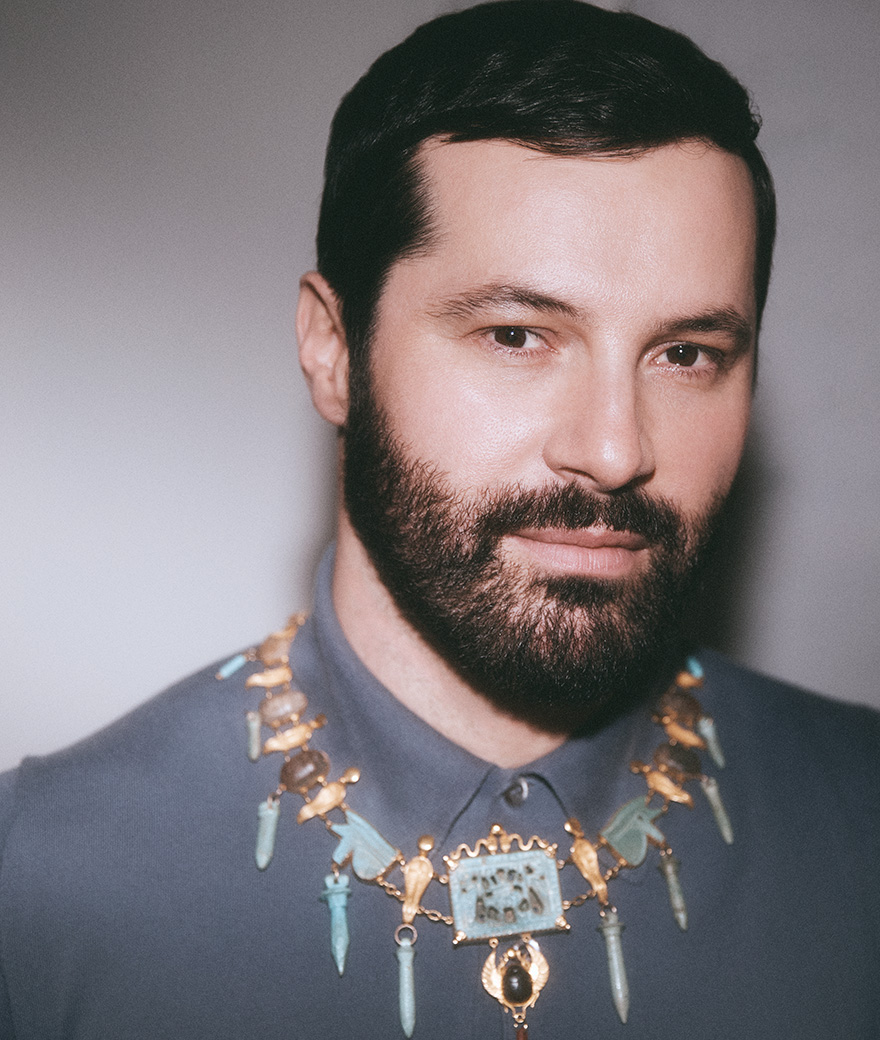A talk with Nicolas Trembley
Do you remember you first memory linked to the world of contemporary art?
I was born at the end of the Sixties, in a very traditional Calvinist Swiss family with a passion for collecting old painted portraits. My dad also had a Vasarely’s silkscreen and I really liked that, it seemed contemporary. My real memories date back to the early 70s, when I went to a video festival in Geneva and discovered the work of fantastic artists like Nauman, Acconci, Rosler, Birnbaum… That is how I remember discovering art, I guess.
You work both as a curator and as an art critic. How do these practices relate to each other?
Technically I am not an art critic. I did not study art history, but image sociology and anthropology. I am also working as an art adviser, so it’s even more complicated… but everything is fluid. I like to curate exhibitions because I am very interested in the reception of art and how it can be displayed within specific architectural spaces. I also like to curate collections – even though the opportunities are more rare – because you can build an ensemble of different works, to which you give sense by connecting them. I love museums for that!
You have worked with different media during your career. Especially, your first experiences were related to video art. What role does technology play within the art field nowadays, particularly in relation with young and emerging artists?
I built up a publishing company for video artworks. It was in VHS! At that time it was difficult to access those works, they were put apart. I think today everything has changed: the young generation doesn't really think in terms of medium, they just use any available tool and everything is a media.
You are also quite familiar with ceramics: several years ago, you have exhibited your own collection of kitsch German ceramic vases from the 1960s to the 1980s. What’s your relationship with this material? What makes you drawn to it?
Actually, the last years I wasn’t interested at all in new technological tools, but in the resurgence of old traditional craft techniques in the field of contemporary art. I’ve been especially captured by the last Japanese arts and crafts movement called Mingei, working with textiles, ceramic, baskets… the founders were potters. This collection of vases “Sgrafo vs Fat Lava” started by coincidence in fact, but I like ceramic as a medium that connect you to the soil. And there is something primordial about it, which I really appreciate.
I like ceramic as a medium that connect you to the soil. And there is something primordial about it, which I really appreciate.
You have been recently asked to write a piece for the catalogue of Ronan Bouroullec – The Sound of My Left Hand, the new Mutina for Art exhibition. What are your thoughts on the show and the special ceramic display realised for the occasion?
I met Ronan when I was working on the catalogue of those vases. I really like objects and the field of design is full of them, so it always interested me. I think Ronan has a very great sense of display and the images that he produces on his Instagram account are very inspiring for me: you understand his practice as a global project through all the codes he is using. The bricks create a wall that becomes a pedestal for a vase made of tiles, which are also used for walls. This expresses a great flexibility of roles and I really like that.
Do you remember the first time you got into contact with Mutina? What did strike you the most about the company?
I know some of the designers Mutina collaborates with. The most interesting thing to me is when someone like Nathalie Du Pasquier – who works between different fields, like Ronan – proposes a project that actually seems art. I can’t wait to see artists doing tiles.
What’s your favourite Mutina collection? Why?
I’m recently renovating an old presbytery in the south of France, so I’ve been looking non-stop at the Mutina website. I like simple things in general, minimal monochromatic modules that work with repetition, like Mews by Barber & Orgerby. Yet, in my new craft search, I’ve been conquered by the texture of Pico by Ronan and Erwan Bouroullec: it connects the body to the soil, as I previously said.
The most interesting thing to me is when someone like Nathalie Du Pasquier – who works between different fields, like Ronan – proposes a project that actually seems art. I can’t wait to see artists doing tiles.

